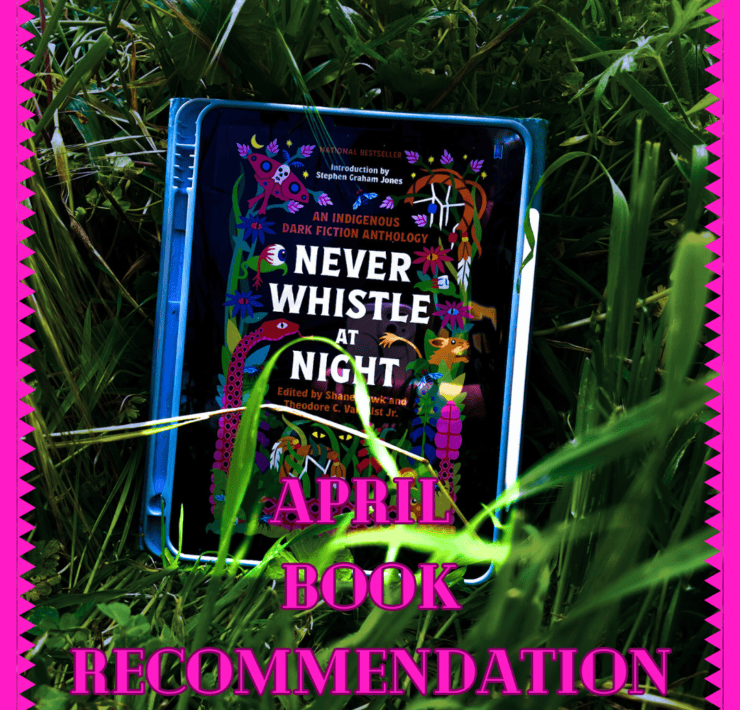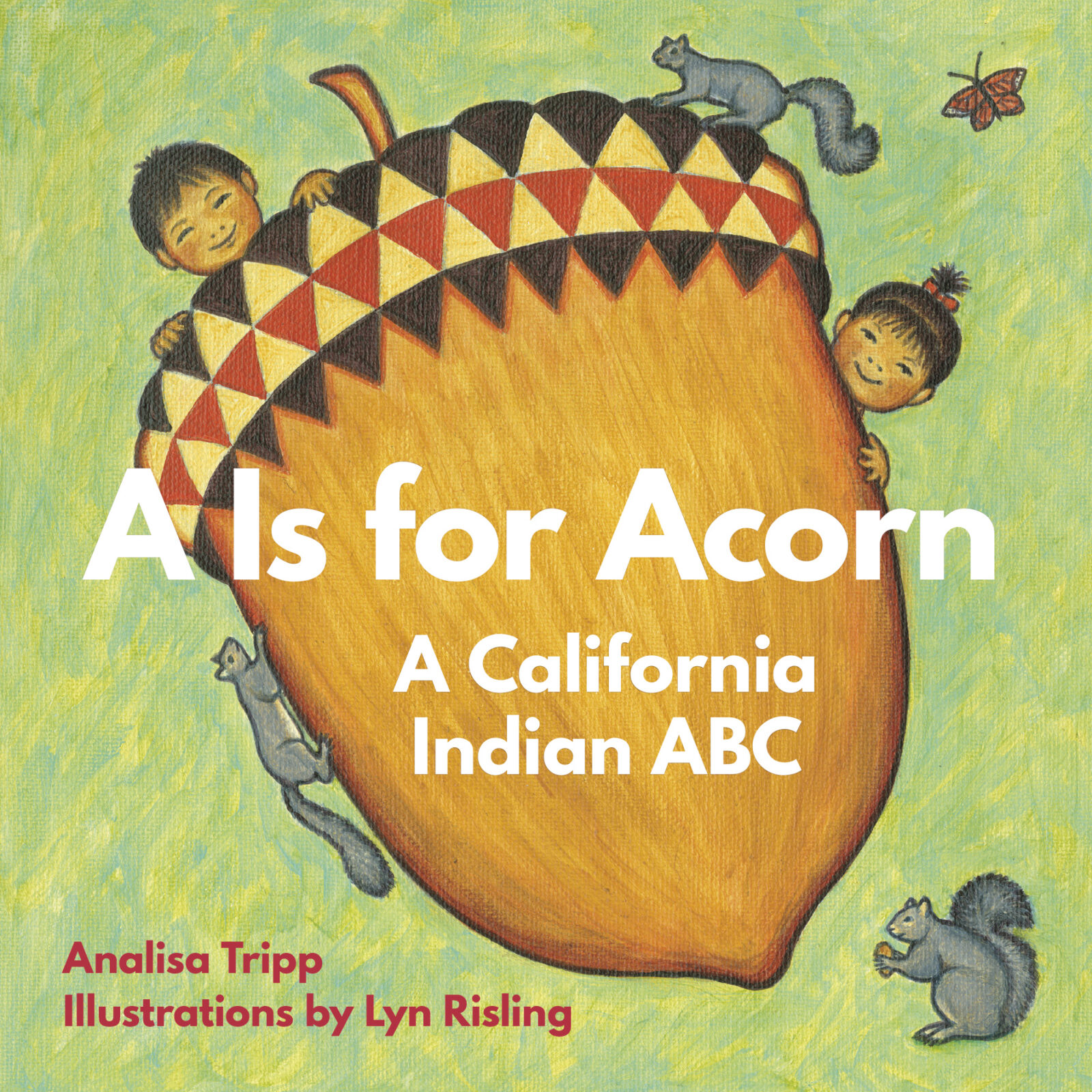
7 Books by California Native Authors to Read for Native American Heritage Month
By Emily Clarke
- Bad Indians by Deborah A. Miranda (Esselen / Chumash)
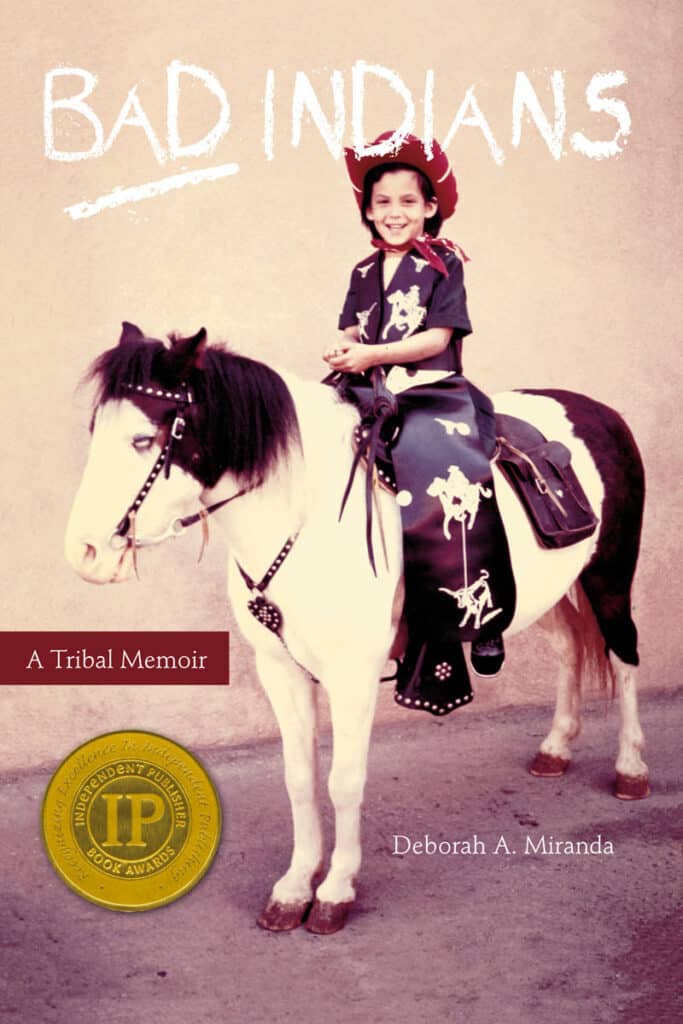 PIN IT
PIN ITBad Indians is a tribal memoir that consists of tribal history, personal reflection, and poetry. Deborah Miranda weaves her story of what it means to be California Indian through the historical past of her people. By doing so, she creates a memoir that represents what it means and how it feels to be California Native today, with the often violent and painful past always in the back of your mind. Although Bad Indians is a harsh read, there are also moments of playfulness, resistance, and beauty. The combination of brutal honesty, painful history, and moments of beauty creates a reading experience that authentically represents the California Native experience in a unique way. Whether you’re California Native, Native from out-of-state, or non-Native, Bad Indians is an amazing way to educate yourself, have a good cry, and expand your reading horizons during Native Heritage Month.
- Bird Songs Don’t Lie by Gordan Lee Johnson (Cupeńo / Cahuilla)
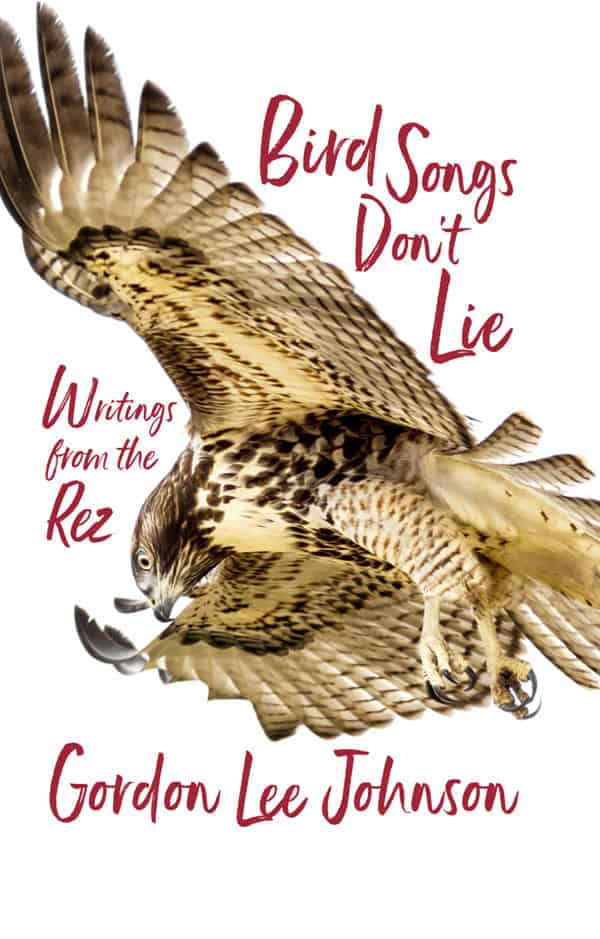 PIN IT
PIN ITGordon Johnson, the author of the popular short story collection Rez Dogs Eat Beans, is one of the best storytellers in Indian country. His candid voice, often humorous disposition, and love for his community combine to create beautiful narratives that celebrate Native people while also creating vulnerable stories that many Natives relate to. Bird Songs Don’t Lie is a collection of both fictional and nonfictional stories that draw from Gordon’s own experience of Reservation life. The stories in this collection are constantly changing genre and perspective in a way that keeps readers on their toes while still staying true to Gordon’s strong sense of voice. Bird Songs Don’t Lie is an honest look into Gordon’s life on the Pala Reservation as well as Native lifestyles in general. If you’re looking for a funny, raw, and real book about Native culture this month, Bird Songs Don’t Lie is for you.
- Keeping Slug Woman Alive by Greg Sarris (Chairman, Federated Indians of Graton Rancheria)
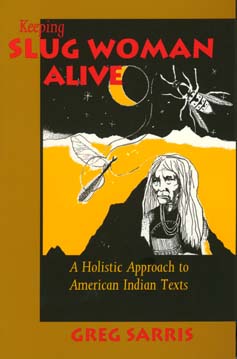 PIN IT
PIN ITAlthough Greg Sarris is the author of many books, Keeping Slug Woman Alive is the one that seems most appropriate for Native American Heritage month. The book is a collection of eight essays exploring cross-cultural communication through the lens of Native American cultural practices, lifeways, and beliefs. Through a combination of cultural understanding, textual analysis, and personal experience, Greg Sarris strives to engage readers in a philosophical (yet still very real and relevant) debate on the subject of communication. Greg himself is a poet, fiction-writer, professor, tribal chairman, and philosopher, therefore his perspective is distinctive and engaging. Although all the books on this list are unique in their own ways, Keeping Slug Woman Alive will surely stand out on your bookshelf.
- We Are the Land by Damon B. Atkins and William J Bauer Jr. (Wailacki and Concow of the Round Valley Indian Tribes)
 PIN IT
PIN ITIf you are someone who is looking to learn about California Native history, people, and culture, We Are the Land is a sensible place to start. The book argues that the moments in history many of us studied in college (like Manifest Destiny, the Gold Rush, and the Mission system) didn’t shape California, the Native people affected by these moments did. We Are the Land is a comprehensive text that focuses on California Native resistance, culture, and people throughout history in a way that helps center, contextualize, and de-colonize the U.S. history we are already familiar with. Although members of California tribes may find themselves already familiar with many of the subjects We Are the Land discusses, this is the perfect book for someone who wants to spend more time understanding and empathizing with Native culture during Native American Heritage Month.
- Delfina Cuero: Her Autobiography by Delfina Cuero (Kumeyaay)
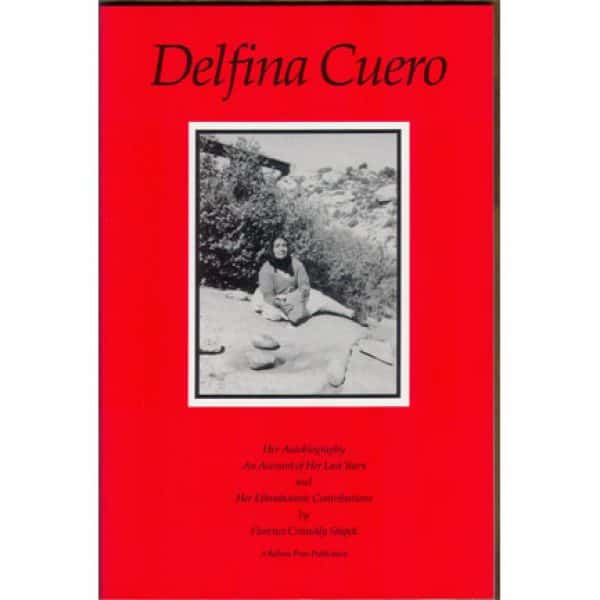 PIN IT
PIN ITIn this autobiography, Delfina Cuero tells her story of living between cultures and borders as a Kumeyaay woman living and working in San Diego and Baja California, Mexico. This book delves into the struggles of a Native woman in the 1900s, the nuances of Native identity according to Native people and to the U.S. government, and the idea of cross-cultural communication and connection. Many readers noted that reading Delfina Cuero is an intimate experience that feels almost as if you are sitting next to her as she tells you her story and shares her wisdom. The book also includes many tidbits about traditional plant knowledge, as Delfina was extremely educated in the subject of Kumeyaay ethnobotany. This autobiography is a wonderful addition to your bookshelf if you are interested in getting specific and learning about Kumeeyaay culture from someone who lived and breathed it their entire lives.
- It Will Live Forever by Beverly R. Ortiz and Julia F. Parker (Coast Miwok, Kashaya Pomo)
 PIN IT
PIN ITIt Will Live Forever is an intimate depiction of traditional Yosemite Indian acorn preparation through the stories of Julia F. Parker, a Kashaya Pomo woman who married into the Yosemite tribe and is continuing the important women’s tradition of gathering, preparing, and cooking acorns. It Will Live Forever not only serves as a step-by-step guide to Yosemite Native acorn preparation, but also provides readers with the colorful history of the local area as well as stories about Julia’s life. This book serves as a representation of California Native TEK (Traditional Ecological Knowledge) while also giving readers a glimpse into the traditional preparation of a common California tribal food staple: acorn.
- A is for Acorn: A California Indian ABC by Analisa Tripp (Karuk) and illustrated by Lyn Risling (Karuk, Yurok, and Hupa)
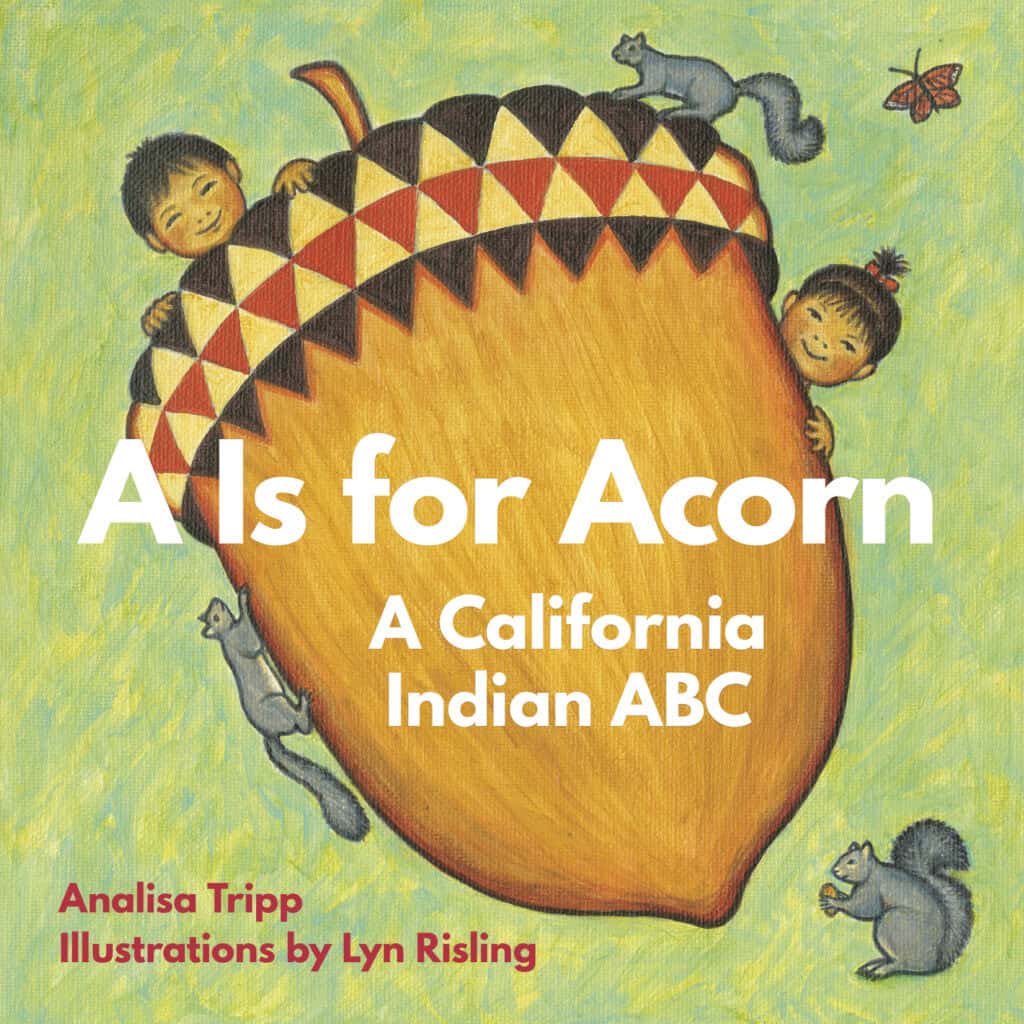 PIN IT
PIN ITThis reading list would not be complete without a recommendation for kids, whether they be Native or non-Native. A is for Acorn is an alphabet book that showcases California Native Culture through word association and colorful illustrations. With words and images that reflect California flora and fauna, people, cultural items, and more, A is for Acorn is a playful, affectionate, and exciting introduction to California Native culture through the alphabet. Not only does this book help little ones explore the world of California Native cultures, but it also lays the foundation for the understanding of Native culture as a current, living, and thriving culture rather than something of the past. A is for Acorn can serve as a wonderful pairing to one or more of the books listed above so that you and your child can spend Native American heritage month reading, learning, and growing together.





